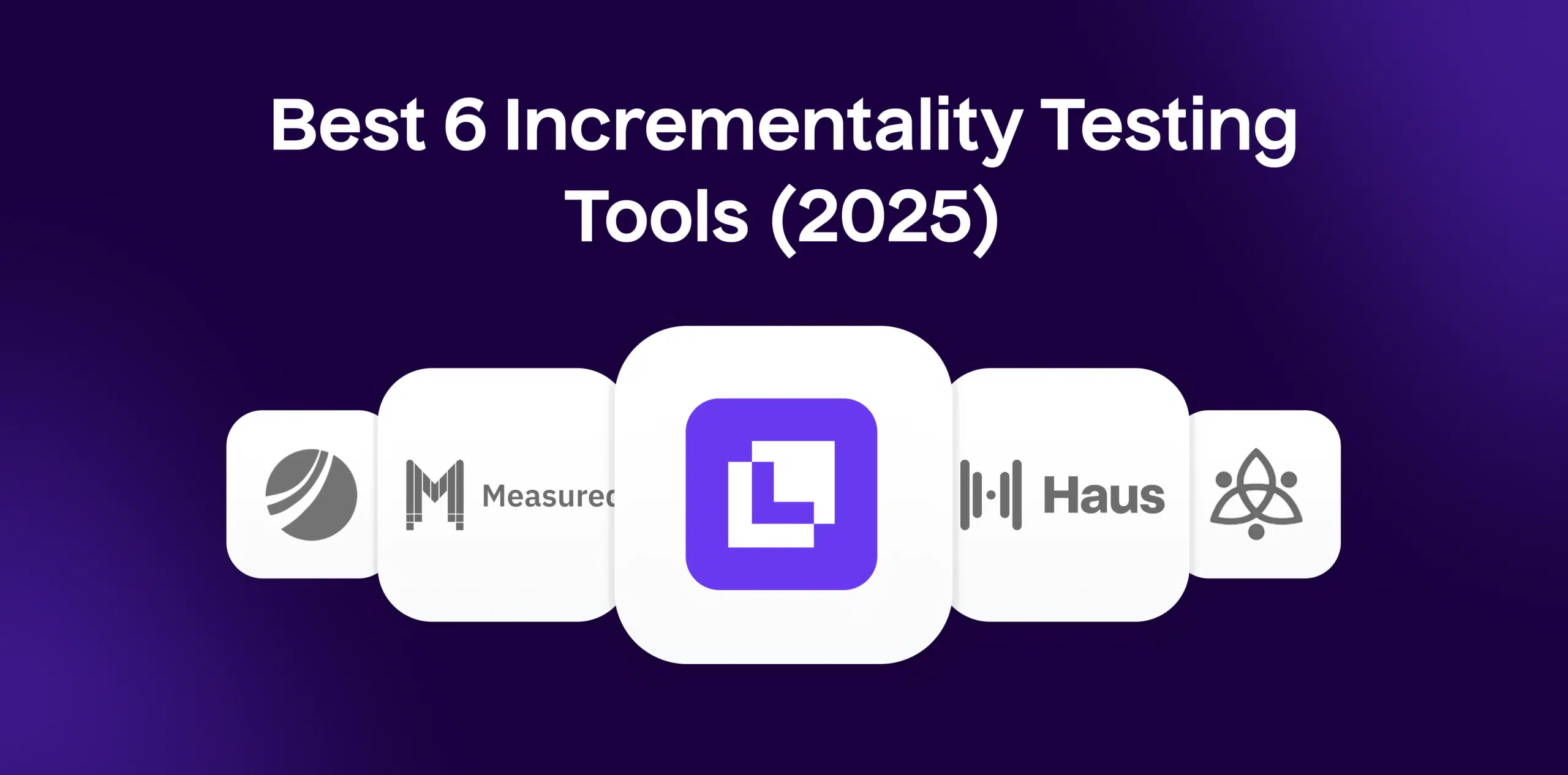What is Multi-Touch Attribution?
Multi-Touch Attribution is a more evolved form of attribution analysis that seeks to distribute credit to various channels or touchpoints engaged by a consumer during their path to purchase. In the eCommerce world where a consumer’s journey is multi-pronged and complex, the Multi-Touch Attribution model helps to give a more comprehensive view of the customer’s path to conversion. Unlike the Last Click Attribution model, where sole credit is given to the final touchpoint, MTA recognizes all the various channels a customer interacts with before they make a purchase – be it via email, SEO, social media, etc.
Formula
Example
Consider a customer who discovers a product via a Facebook advert, then heads over to the product’s website, later receives a promotional email and eventually makes a purchase. In this scenario, using an MTA model, credit is split between Facebook, the brand’s website, and the promotional email.
Why is Multi-Touch Attribution important?
- Performance Evaluation: MTA is crucial in evaluating the performance of different aspects of a marketing campaign.
- Marketing Investment: It helps in deciding where to invest in marketing to achieve the best ROI.
- Optimization Strategy: MTA facilitates the optimization of a marketing strategy by identifying high-performing channels.
Which factors impact Multi-Touch Attribution?
Improving MTA requires a thorough analysis of conversion path data, followed by iterative modeling. Employ advanced data analytics, leverage predictive modeling and advanced machine learning to effectively map out the holistic customer journey.
How can Multi-Touch Attribution be improved?
- Data Inaccuracies: An inaccurate data collection can drastically skew the MTA model.
- Customer Journey Complexity: The more complex a consumer’s journey, the more challenging it is to accurately attribute credit to each touchpoint.
- Reliance on Traditional Models: Over-reliance on traditional models like Last Click can negatively impact MTA.
What is Multi-Touch Attribution’s relationship with other metrics?
MTA can have significant implications for Customer Lifetime Value (CLV) and Return on Advertising Spend (ROAS). For instance, recognizing and investing in channels that positively impact MTA can drive up CLV and overall profitability. Similarly, understanding which channels most contribute to conversion can help boost ROAS.
Free essential resources for success
Discover more from Lifesight
























































